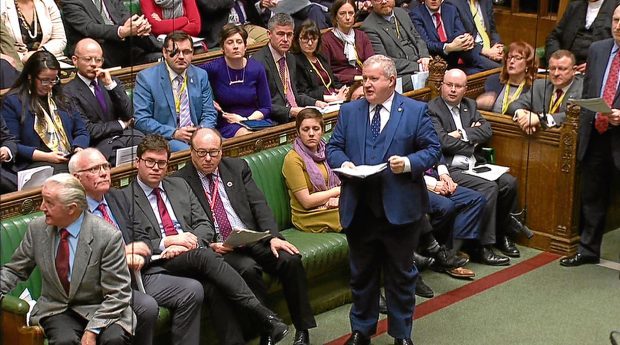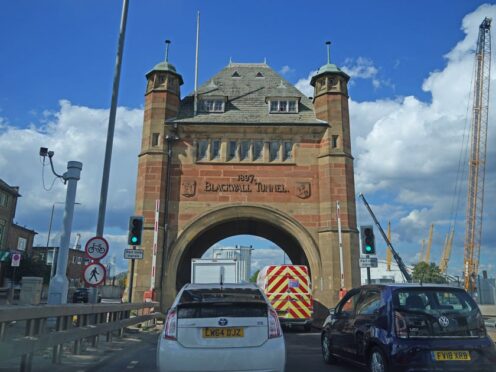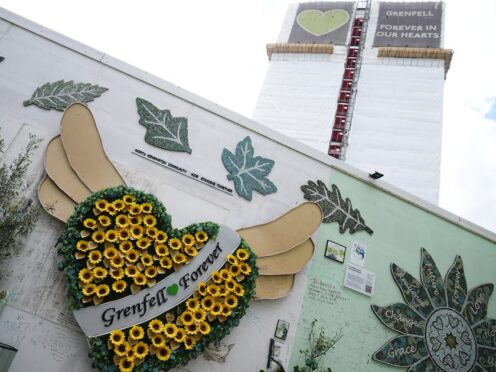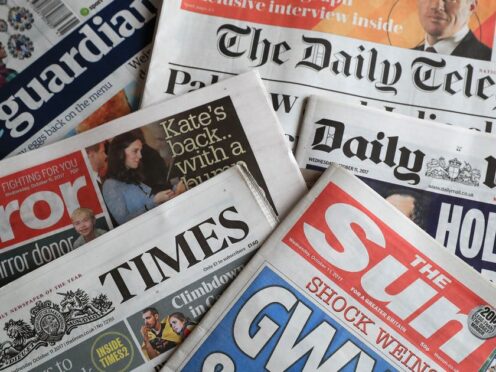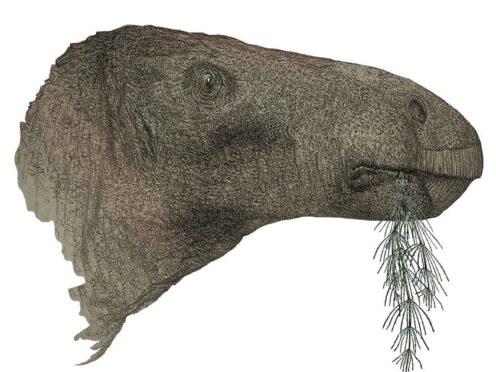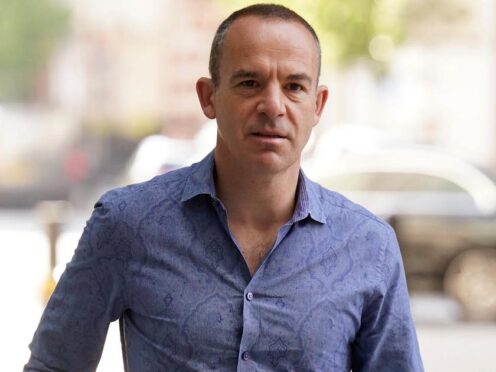Theresa May was last night branded a liar after the government’s legal advice on the Brexit deal revealed how difficult it could be for Britain to pull out of EU customs arrangements if it fails to negotiate a long-term replacement.
SNP Westminster Leader Ian Blackford said Attorney General Geoffrey Cox’s letter – published only after ministers were held in contempt of parliament – had exposed as untrue the prime minister’s assertions about the temporary nature of the backstop aimed at avoiding a hard border on Ireland.
The Ross, Skye and Lochaber MP accused the Tory leader of “misleading the House” at Prime Minister’s Questions “inadvertently or otherwise” and then – to shouts of “withdraw” – “perhaps inadvertently”.
Commons Speaker John Bercow censured him, insisting the “option of imputing dishonour does not exist”, but Mr Blackford went even further outside the chamber after the exchange, calling Mrs May a liar.
He said: “Let’s call a spade a spade. On the basis of the legal advice and on the basis she had it when she spoke in the House of Commons, then she has lied, yes.”
Defending herself at PMQs, Mrs May said she had been clear there was “no unilateral right to pull out of the backstop”.
She also repeated that it was “not the intention of either party for the backstop to be used in the first place or, if it is used, to be anything other than temporary”.
Meanwhile, reports have emerged that Downing Street is considering a “parliamentary lock” amendment that would mean the backstop could not be entered into without the consent of MPs, as a means of encouraging Brexiteers to back Mrs May’s deal in Tuesday’s meaningful vote.
In bold text in his letter to the prime minister, Mr Cox wrote: “Despite statements in the protocol that it (the backstop) is not intended to be permanent, and the clear intention of the parties that it should be replaced by alternative, permanent arrangements, in international law the protocol would endure indefinitely until a superseding agreement took its place.
“In conclusion, the current drafting of the protocol … does not provide for a mechanism that is likely to enable the UK lawfully to exit the UK-wide customs union without a subsequent agreement.
“This remains the case even if the parties are still negotiating many years later.”
He also advised that in the “absence of a right of termination there is a legal risk that the UK might become subject to protracted and repeating rounds of negotiations”.
Responding to Mr Blackford in the chamber, Mrs May denied the government had “concealed the facts” from members, but the SNP MP said it had “tried to hide that they are giving Northern Ireland permanent membership of the single market and customs union”.
He also asked the PM to explain why she continued to “deny Scotland” a differentiated deal.
Mrs May said there was “no difference” between Mr Cox’s statement on Monday and the letter and added: “For Scotland, remaining in the internal market of the UK is the most important economic interest, and it is in the interests of Scotland to come out of the common fisheries policy. That is in our deal and our policy, and not in his.”
Labour former shadow Scottish secretary Ian Murray said it was “clear why the government tried to keep the public in the dark”, voicing “particular concern” that “only Northern Ireland could be left in the EU customs territory, which risks fracturing the UK”.
